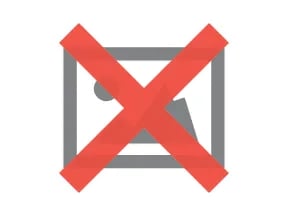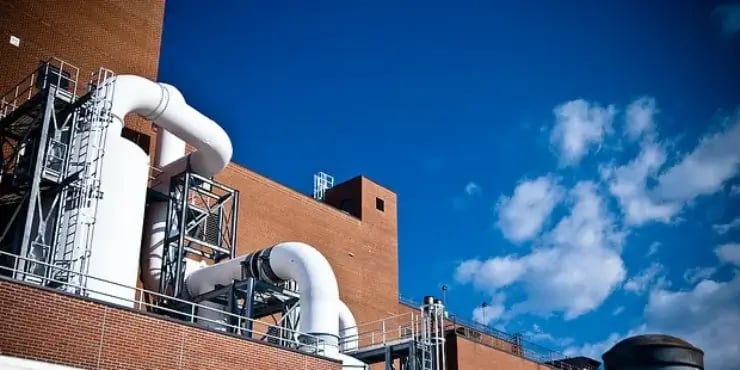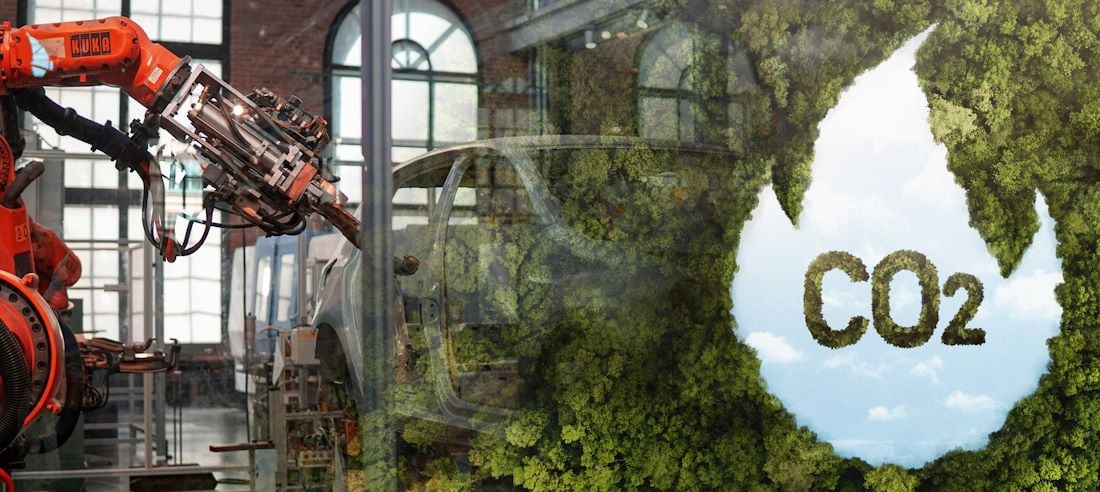Assessing environmental effects of human activity is something we become more and more familiar with. If you consider yourself an eco-friendly person, granted that you have calculated your personal ecological footprint. You also try to buy local products and watch out for information on transport distances. More and more customers put pressure on companies, in order to receive detailed information on ecological impacts. On the supply side, an increasing number of environmentally responsible companies get into detail, giving an insight into product related climate effects by publishing carbon footprints (known as PCFs). Footprinting, to sum it up, is a widespread method that generally deals with the question how much resources are being consumed by a person, a product or a process.
Ecological Footprint Needs Water Involvement!
This rise of environment-related information is a sound base for sustainable development, yes. However, in spite of sophisticated methods for carbon assessment, regardless of mature methods to calculate complete life cycles, there is a thing we haven’t thought of. It is more than a thing, it is an element. A vital element, a fundamental requirement for life. Water.
Waste water management, some have heard of; virtual water, a few know what it is. But water footprinting, as simple as it may seem, still remains the poor relation of environmental management at large, and of ecological footprinting in particular.
On the contrary, it is excellent to hear that the initiatives revealing water effects are on the increase.
Environmental Impact of Drinking Water Treatment
This year’s Umberto Student Award, for instance, was given to Yoann Méry, member of a team, who, for the first time, explored the environmental impact of drinking water treatment.
The project EVALEAU, a neat combination of the french words evaluation and eau (water), simulates all the mass and energy flows that occur during drinking water treatment. The project team consists of Méry and colleagues from Toulouse and Luxemburg, the institutions involved include INSA, CIRSEE, LERNA and CRTE.
By simulting these flows, he evaluates how much emergy (yes, emergy, not energy) the different water treatment technologies use.
Emergy: Measuring Energy Quality
What was emergy again? This is how wikipedia explains it:
Emergy is an expression of all the energy used in the work processes that generate a product or service in units of one type of energy. (…) Emergy accounts for, and in effect, measures quality differences between forms of energy. (…) Each form is generated by transformation processes in nature and each has different ability to support work in natural and human dominated systems. The recognition of these differences in quality is a key concept of the emergy methodology.
Back to EVALEAU. In order to measure the overall efficiency of the different technologies, five criteria are applied. First of all, as a reference, solar energy is used for emergy and exergy, to measure the energy effiency. As a second criteria, within the concept of life cycle assessment, an indicator for the use of freshwater resources measures the environmental impact. Adding to this, there are criteria for health risks and, finally, but not least important, one for the economic effects of environmental impacts.

EVALEAU is a good example for the evolution of water footprinting. Why it is so innovative, the authors resume (PDF page 9):
The main scientific innovation of the project consists in the integration of thermodynamics concepts (emergy and exergy) as criteria for the assessment of a technology. The novelty of the project is also provided by the approach to water treatment modelling, which is highly
flexible thanks to the use of programming tools, parameterization and modular architecture (based on unit operations).
EVALEAU is interesting, but certainly not the only sign for the progress of water footprinting. Be sure to check out knowtheflow in the future – We will introduce you to lots of further innovations in this sector. Promised.
Additional Information
See project description in French (PDF), page 9, or this document (PDF) in German.
Article image by scott*eric shows Arlington County Water Treatment Facility




